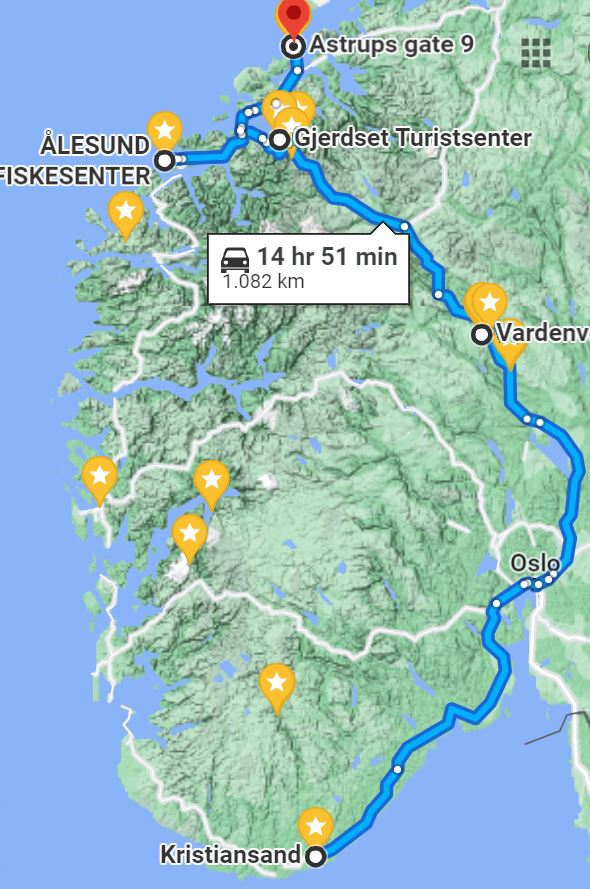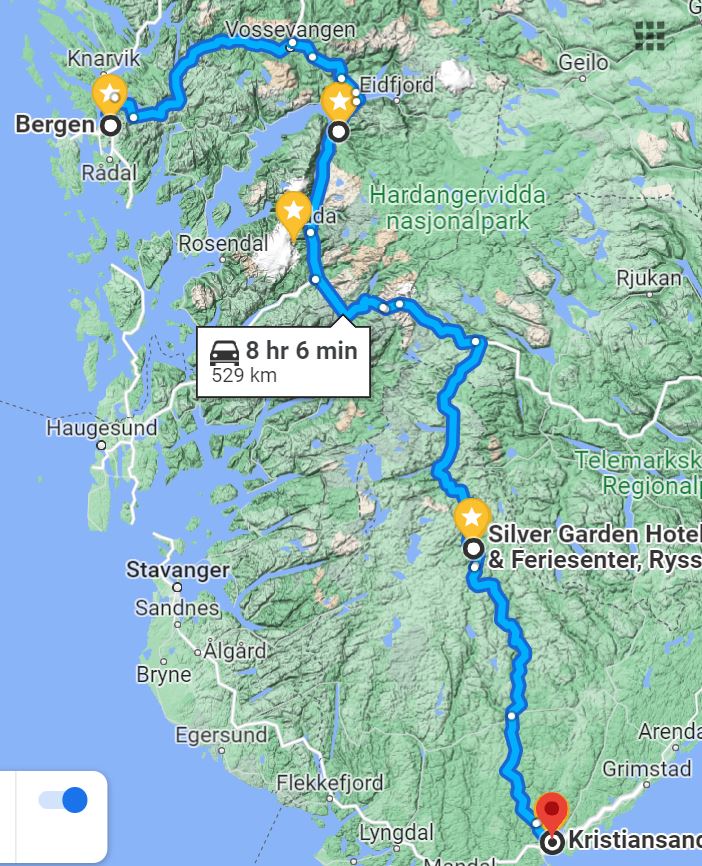MaKe Arts: Capturing the Moment
MYLOGO
Norway: Land of the Fjords
Norway 2022
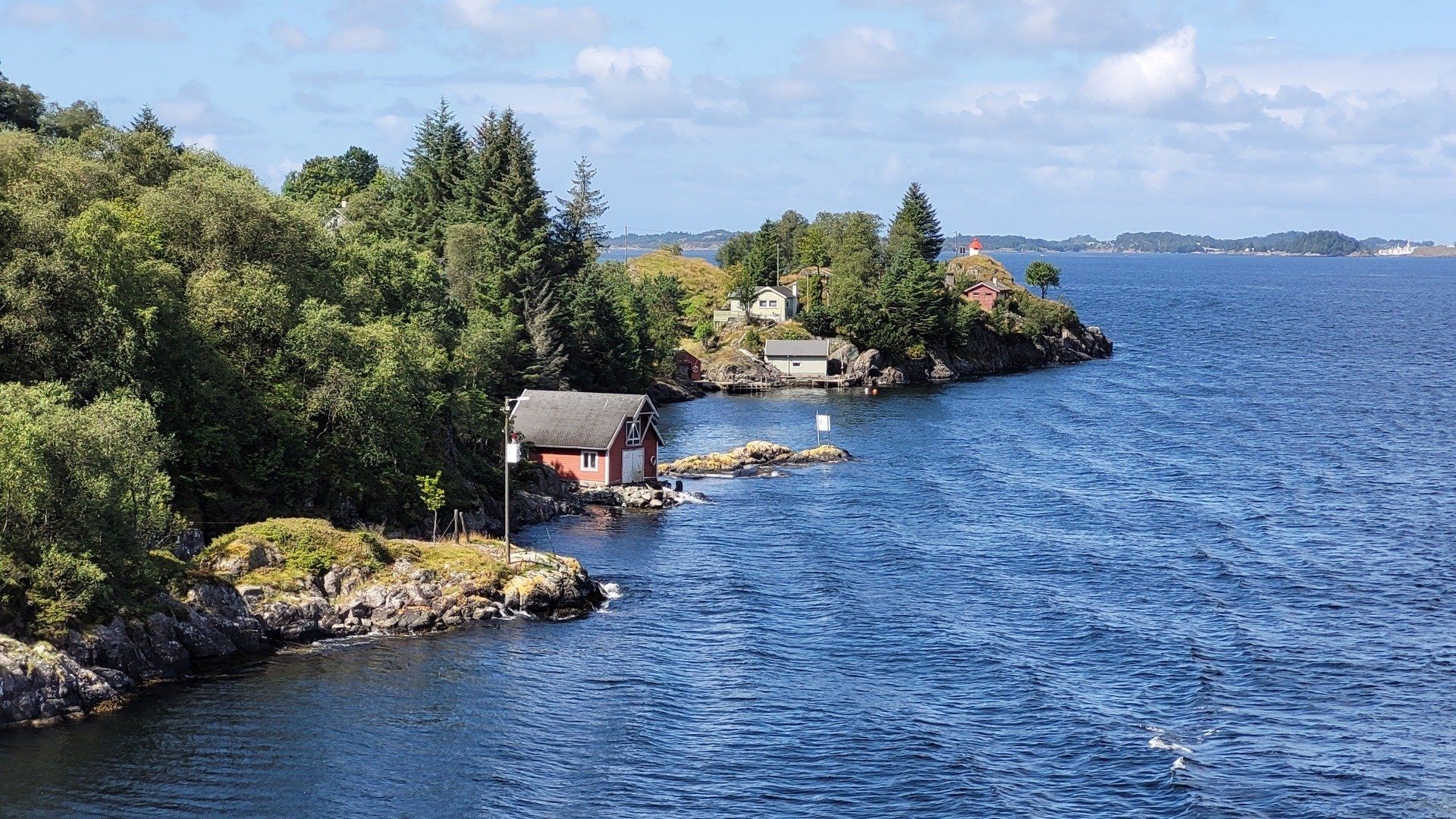
Norway's Coast Line
From Kristiansund to Bergen on the ferry Kong Harald
view more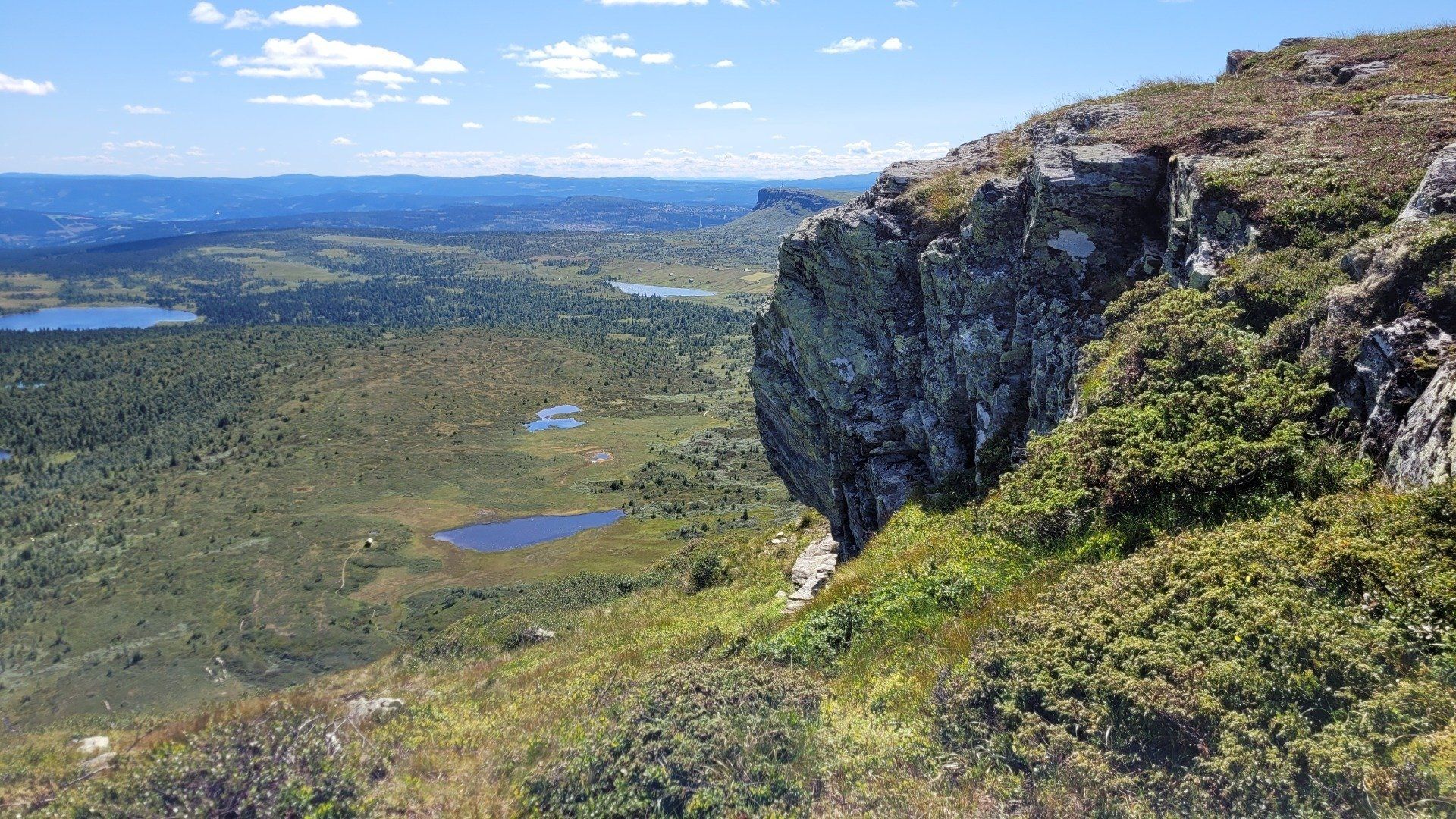
Kvitfjell, near Lillehammer
Hiking trip of 13.5 km
view more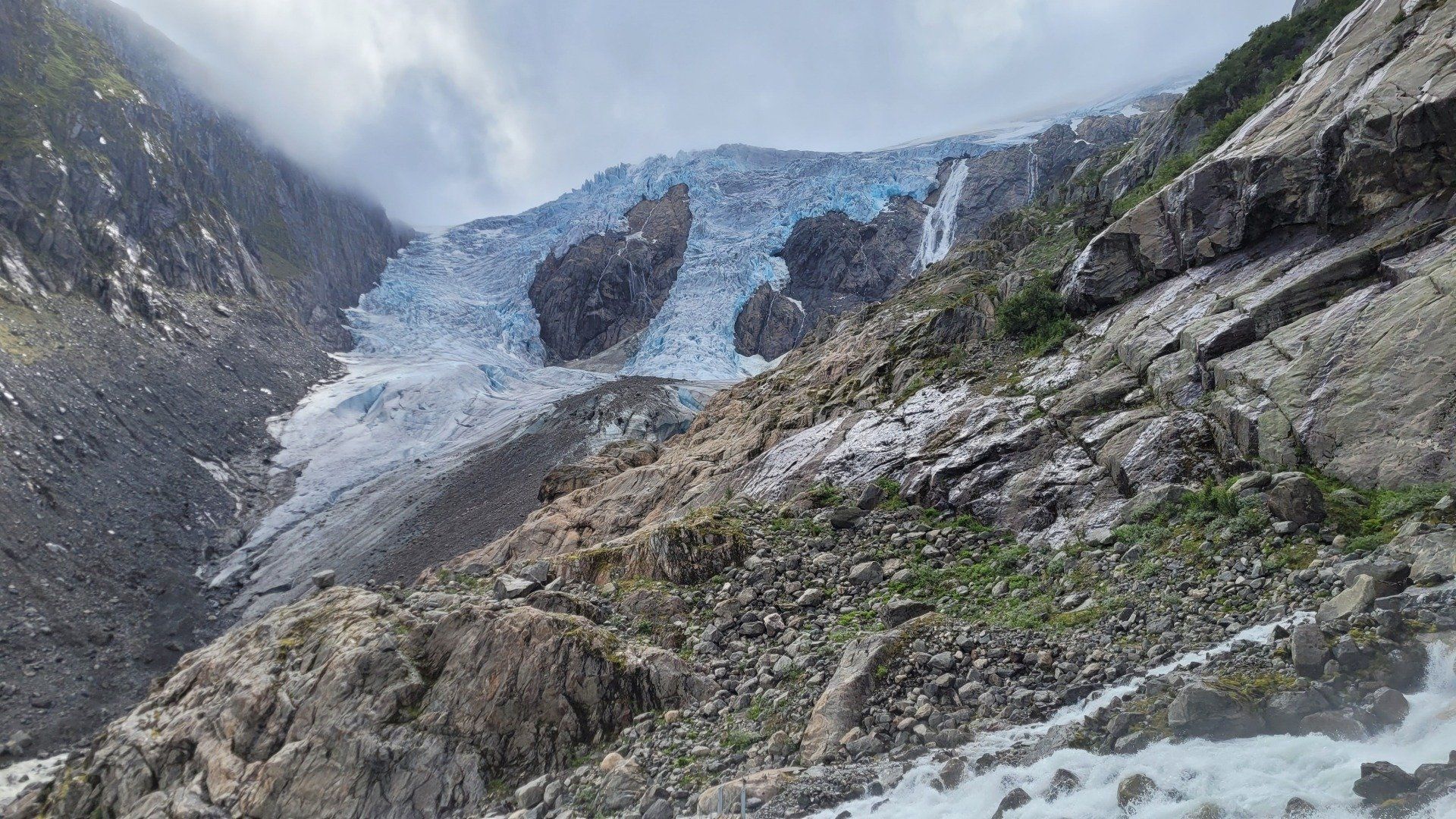
Glacier Buarbreen, Odda
A 2.5 km hike through the glacier's vale
view more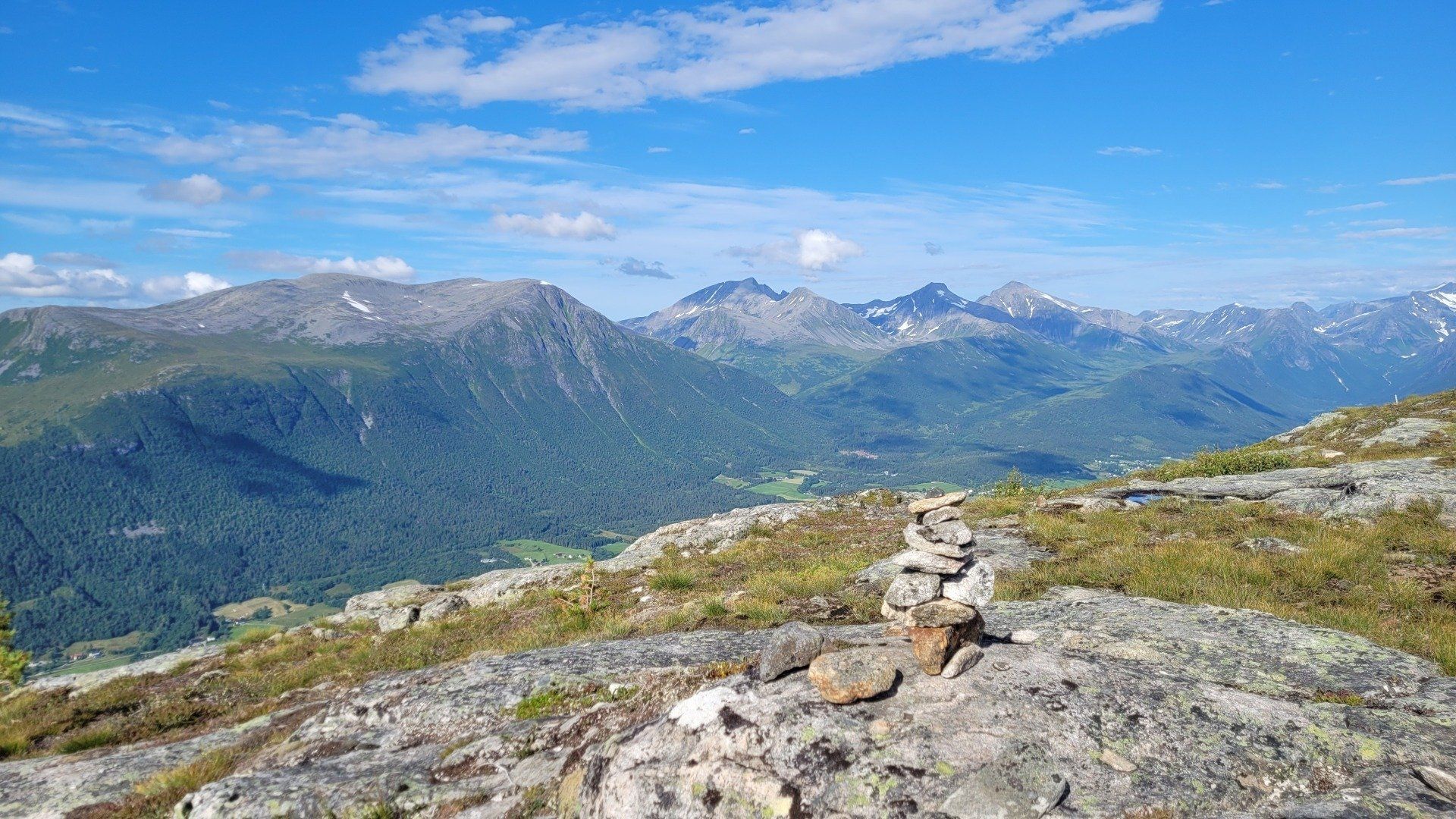
Romsdalsfjord Nesaksla
Spectacular view from the 730 m mountain top
view more
